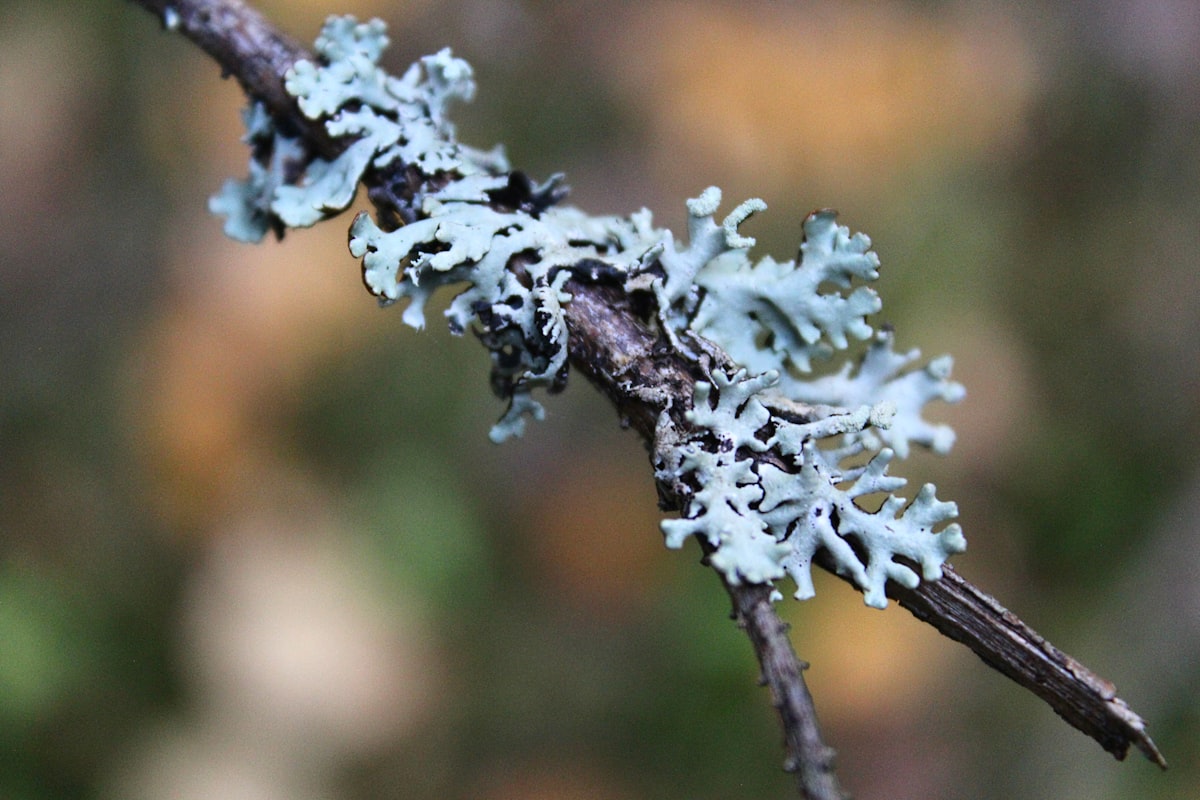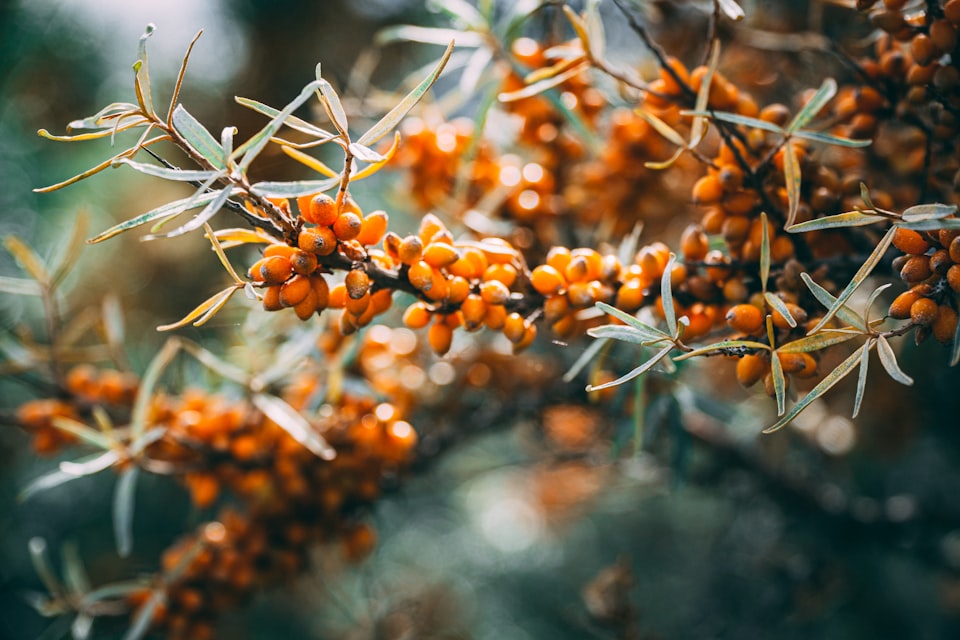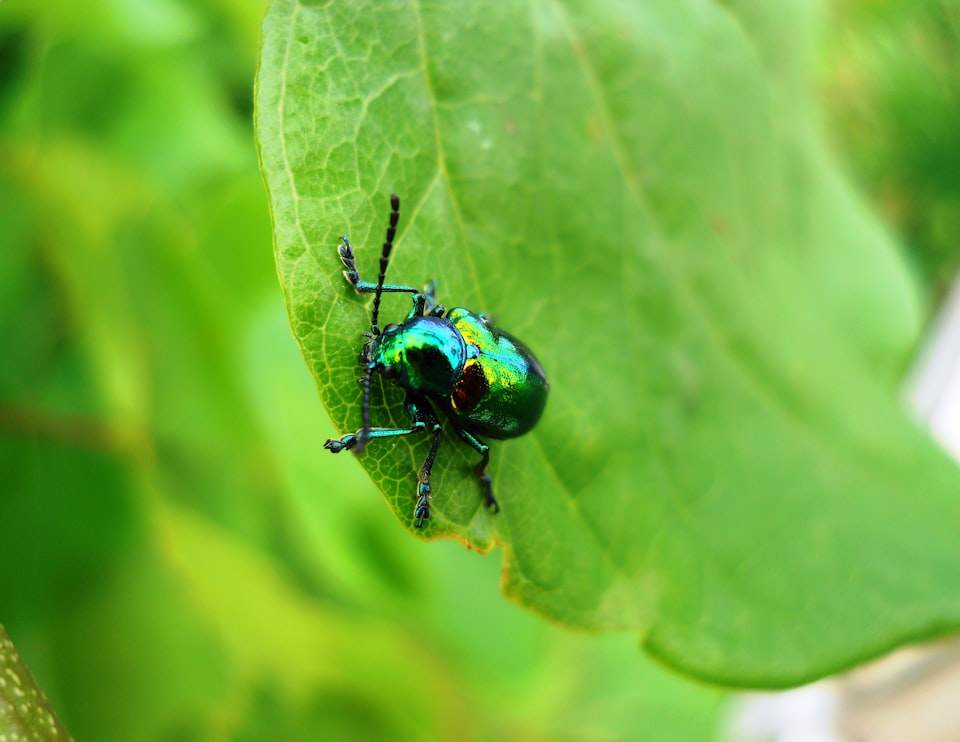VII: Lichen
Symbiotic partnership or toxic relationship?

Good morning. Today is septidi, the 17th of Pluviôse, Year CCXXXI. We celebrate le lichen, a co-dependent relationship between fungus and algae.
Lichen isn't one organism. It's two.
First, there's a fungus that has no root system, but absorbs water from the air and land around it. This gives it mobility, but no nutrition. That's where the algae (a short-hand term we're going to use for cyanobacteria) comes in. The fungus grabs tiny plant bits from whatever's handy nearby and takes it for a ride, using its chemical reactions to feed itself. In return, the algae gets a new habitat and plenty of chances to reproduce.
This is described as a symbiotic relationship, rather than a parasitic one, because the algae benefits. But just because it's symbiotic, that doesn't make it an equal one. The fungi clearly get the better part of the deal.



